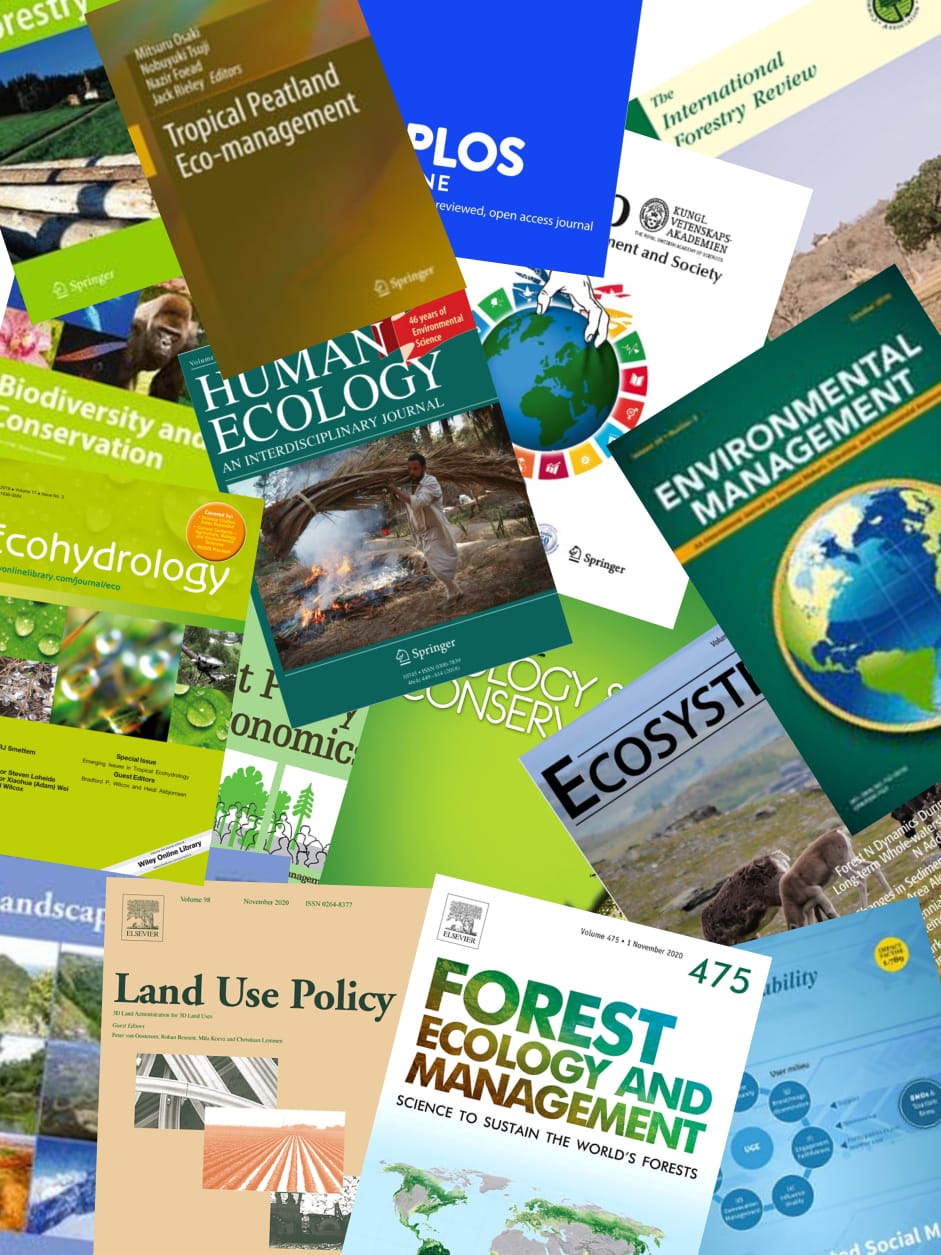Gonystylus bancanus wood or ramin wood has been generally known as a source of agarwood (gaharu) bouya, a kind of agarwood inferior type, or under the exported trading name of aetoxylon oil. The massive exploitation of ramin wood is causing this plant's extinction and putting it on Appendix II CITES and IUCN Red List of Threatened Species. To date, no scientific publication concerns the chemical exploration of G. bancanus wood and preserving this germplasm through its metabolite profiling. Therefore, research focused on chemical components profiling of G. bancanus is promised. This research is aimed to explore metabolomics and analyze the influence of solvent polarities on the partitioning of metabolites in G. bancanus wood. A range of solvents in different polarities was applied to provide comprehensive extraction of metabolites in G. bancanus wood. Moreover, a hydrodistillation was also carried out to extract the volatile compounds despite the non-volatile ones. LCMS and GCMS analyses were performed to identify volatile and non-volatile components in the extracts and essential oil. Multivariate data analysis was processed using Principal Component Analysis (PCA) and agglomerative hierarchical clustering. 142 metabolites were identified by LCMS analysis, while 89 metabolites were identified by GCMS analysis. Terpenoids, flavonoids, phenyl propanoids, and saccharides are some major compound classes available from LCMS data. Oxygenated sesquiterpenes, especially 10-epi-n-eudesmol, and beta-eudesmol, are the major volatile components identified from GCMS analysis. PCA of LCMS analysis demonstrated that PC1 discriminated two clusters: essential oil, dichloromethane, and n-hexane extracts were in the positive quadrant, while methanol and ethyl acetate extracts were in the negative quadrant. Threedimensional analysis of GCMS data revealed that n-hexane extract was in the superior quadrant, and its composition can be significantly distinguished from other extracts and essential oil. G. bancanus wood comprises valuable metabolites, i.e., terpenoids, which benefit the essential oil industry. Comprehensive extraction by performing solvents in different polarities on G. bancanus wood could allow exploration of fully extracted metabolites, supported by the exhibition of identified metabolites from LCMS and GCMS analysis.
View source

